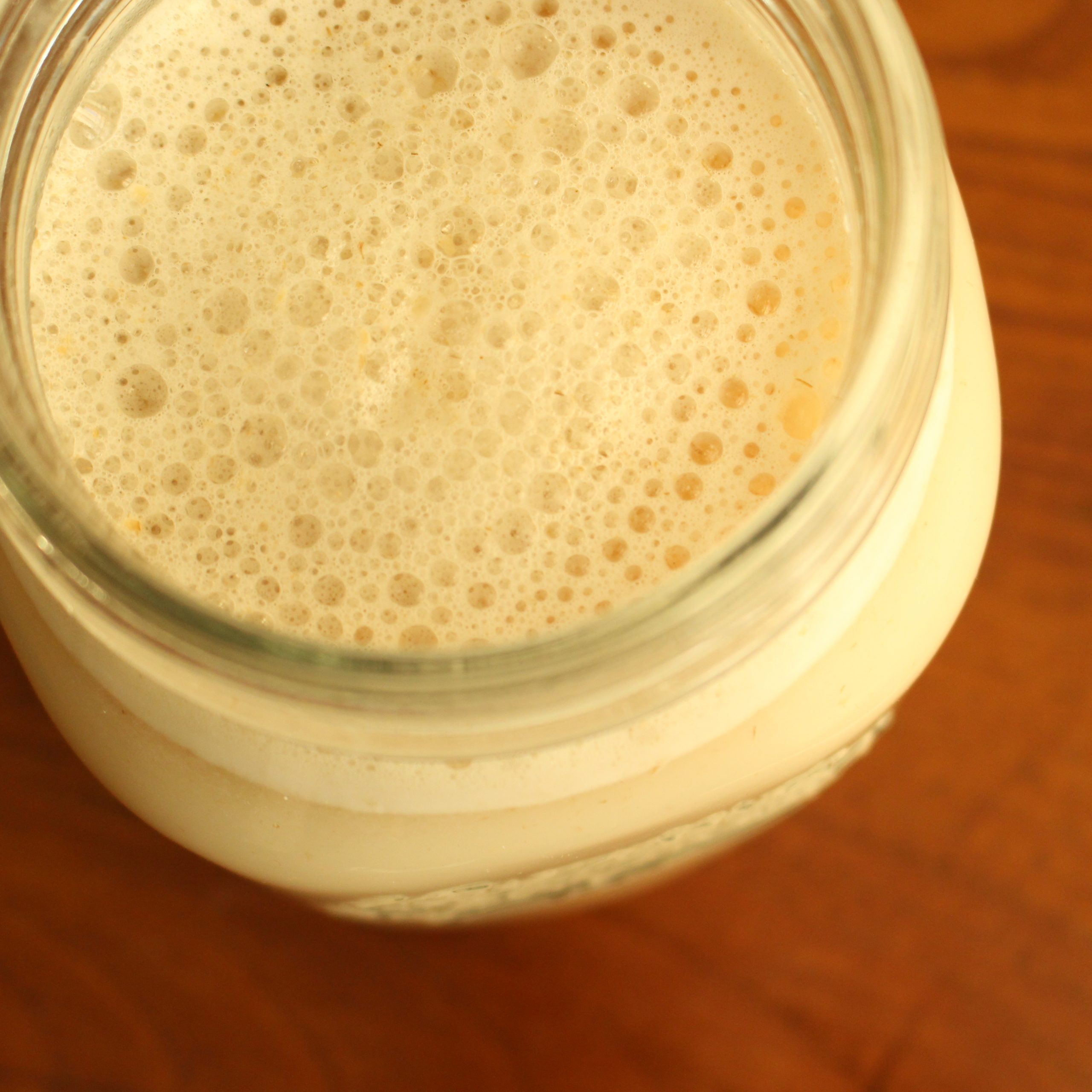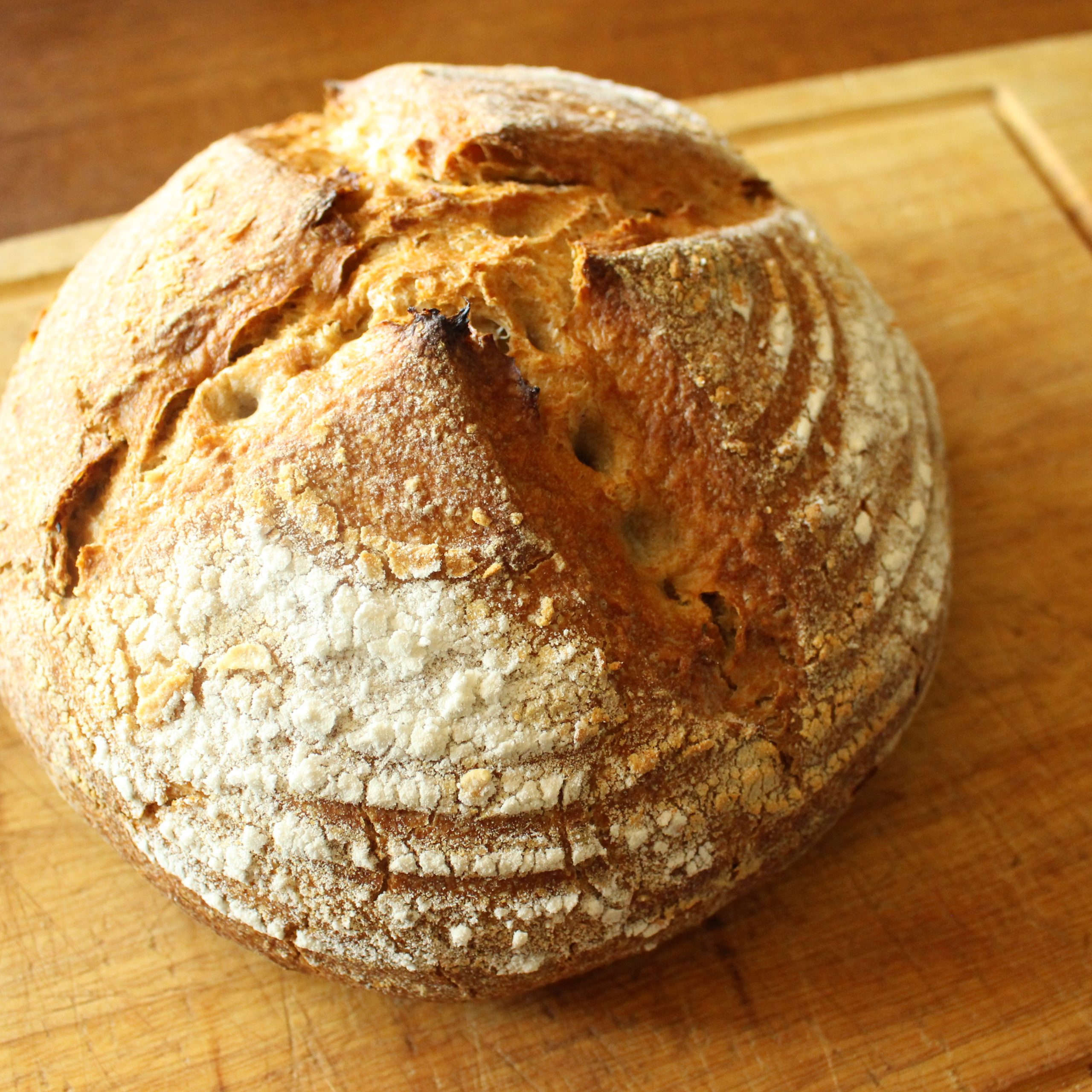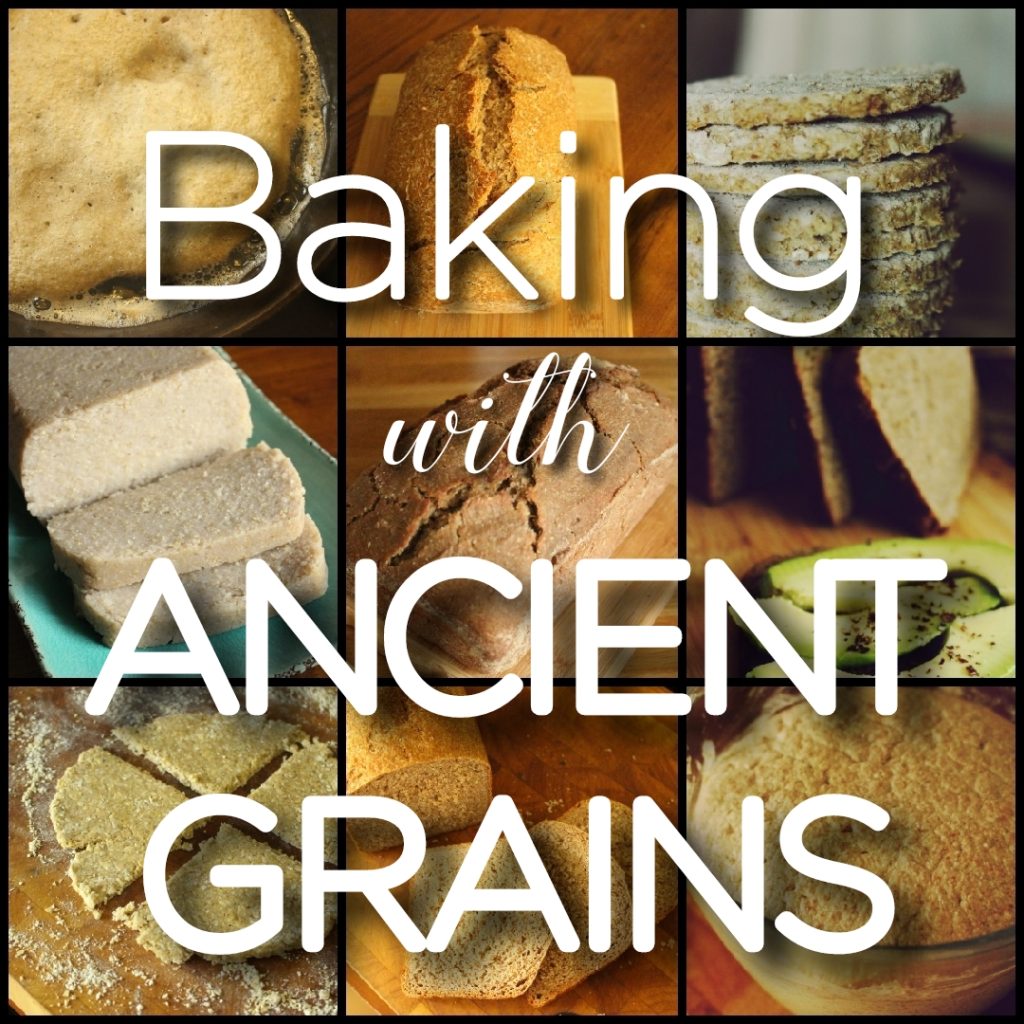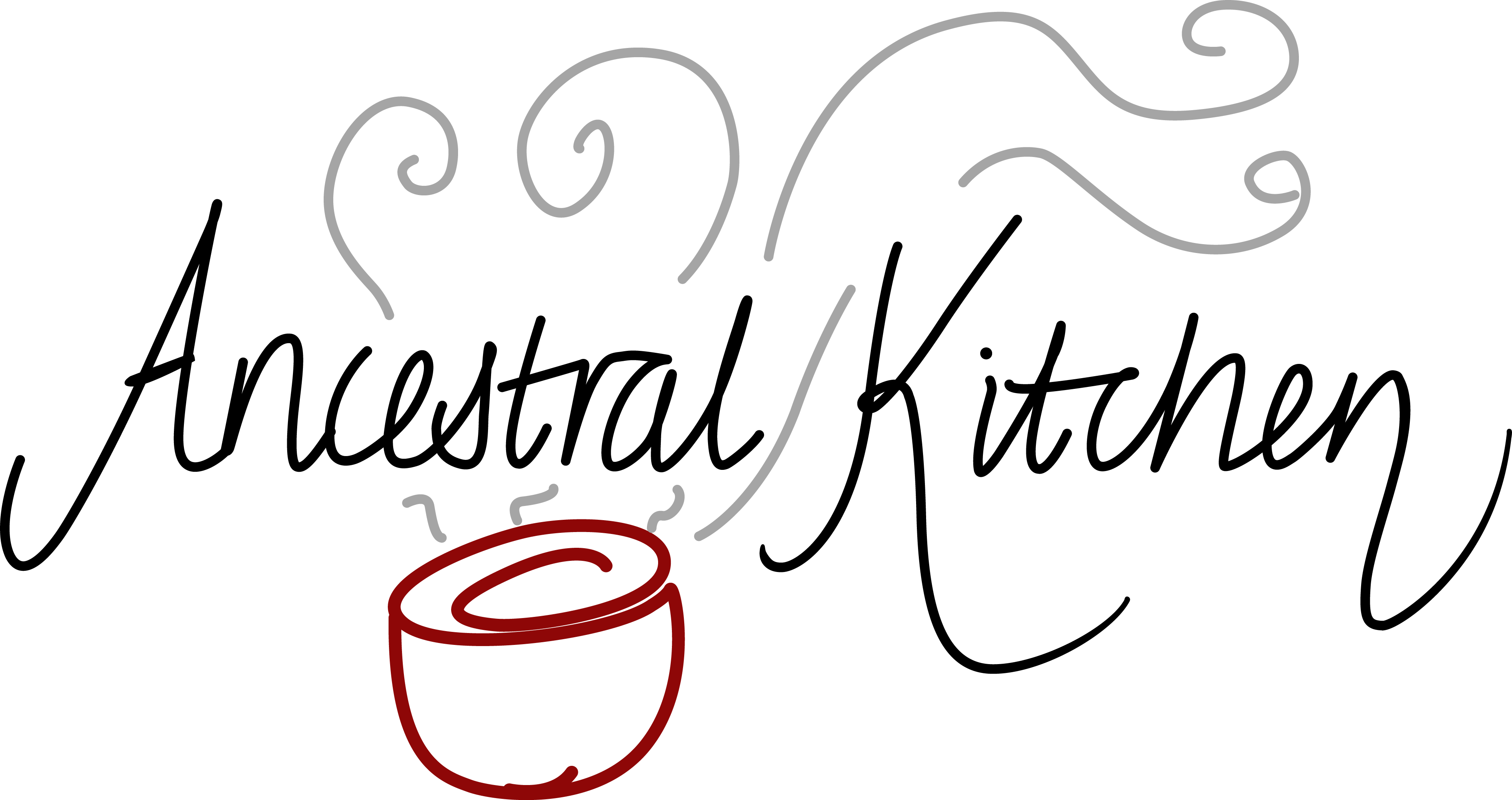Sowans is a oat fermentation that hails from Scotland. It has been made both there and in other part of the UK (notably in Ireland and Wales) for hundreds of years. A ‘zero-waste’ food, It was traditionally made with the bits left over after the oat grains had been ground at the mill.

I’ve been making sowans in my kitchen regularly for over five years – I love it – and I have also delved into its history for my forthcoming book on traditional British oat dishes. If you’re curious about sowans, this is the article for you!
Sowans, with a Scottish voice, is pronounced ‘sue-ens’. You might see it spelled ‘sowens’ and in the Shetland Isles it was called ‘Virpa’
History of sowans
Although oats have been eaten in the United Kingdom for thousands of years, widespread oat farming only took hold after the Roman invasion when the troops, in order to feed their horses, brought the oat grain to the British Isles. Oats love the UK’s wet, mild climate and quickly caught on as a staple crop.
Although we don’t find the oat fermentation sowans mentioned in literature until the 1600s, it is very likely, knowing how long parts of the UK have subsisted on oats, that this dish was being made long before that date.
Oats were grown close to home. After harvest, the farmers would sent their sacks of oat grains to the mill to be ground into flour (rolled oats didn’t come onto the scene until much later, read about it in my article Why Our Scottish Ancestors Didn’t Eat Rolled Oats). Once the miller had done his job, the householder would not only get sacks of prepared oats back, but also sacks of ‘waste’ (called sids).
These sids were the hulls that had been knocked off the oats as they were processed. Clinging to them were tiny pieces of the centre of the oat grain – the white, starchy endosperm.

Sowans was a zero-waste food
Instead of being thrown away, this bag of waste, the sids, was transformed, through fermentation, into delicious, nutritious food – sowans.
When mixed with water, these sids contained everything needed to complete the fermentation naturally. The tiny pieces of white starch gave the microorganisms in the ferment starch to feed on, and the hull pieces were a haven for yeasts and bacteria. This means that no inoculant (or starter) was needed to create an active ferment – it was already natively in the grain.

Sowans is a porridge
Once the fermentation was complete, the mixture was put through a sieve which removed the pieces of hull/bran and produced a smooth, white liquid. This liquid, which contained the fermenting water and the tiny pieces of the white oat grain was then cooked to produce a porridge.

Making sowans also creates a probiotic drink called swats
The liquid that the oats were fermented with had it’s own name – swats (or swots). This can be drunk as is (and that way is a live probiotic) or can be cooked along with the sowans and therefore included in the porridge. Often, our ancestors would use a large amount of swats in the saucepan and create a liquidy ‘drinking sowans’.
Sowans was traditionally consumed by the whole family on Christmas Eve which was, in some parts of Scotland, knows as ‘sowans nicht’ (sowans night).
Sowans is a health food
Sowans was considered a health food in Scotland. Diving into the process, it’s easy to see why:
Starting with the raw ingredient – oats, as most of us know, oats are known to be beneficial to health. They have a role to play in lowering cholesterol and maintaining blood sugar levels. They also contain beta-glucan which is a prebiotic – meaning it feeds the probiotics in your intestines.
Both the sowans and swats are probiotic foods. Because we cook the porridge sowans, the live probiotics are lost. That does not mean, however, that all the benefits of the fermentation are lost; the latest research tells us that fermentation microbes which remain behind after cooking are extremely beneficial to our health (read more here).

In addition, because the starch in sowans has been both fermented and pre-digested, it can nourish us with proteins/vitamins and minerals with very little digestive effort. This allows our bodies energy to be used in healing, rather than trying to break down our food.
What does sowans taste like?
I have been making sowans and swats in my kitchen regularly, using modern ingredients and equipment, for years. Myself and my family enjoy the product of this fermentation often and love it.
Sowans is creamy and smooth – it feels to me like eating clouds! It’s nuanced in flavour – pleasantly tart but with delicious honey aromas that arise from the fermentation.
The liquid that the oats ferment in, swats, is zingy and fresh, reminiscent of watery lemon juice. It is refreshing drunk cold on a hot day but also wonderful warmed and spiced.
How do you make sowans?
We may not grow oats in our backyard or have access to sacks of sids from our local mill, but we can still enjoy the flavour and health benefits of sowans and swats in our kitchens today!
Oats can be fermented with water (I’d recommend a 1:4 ratio of oats to water) for several days, sieved and then cooked up into this historic, traditional dish.
My course, Sowans: The Scottish Oat Ferment, will guide you through the whole process, no matter what grains you have access to or equipment you have in your kitchen. It includes two hours of video guidance and plenty of downloads to keep at hand. I explain what to look for at every stage and how you can ensure you are safely fermenting your grains.
Here’s a little peak at one of the videos included in the course:
How to eat sowans (and swats)
I want to leave you with the ways my family eat sowans and swats:
Sowans porridge:
Most often, I make a thick porridge with sowans by mixing it with double its volume in water. Other times, I cook the fermented oats in the swats liquid (the swats) instead of water.
Traditionally, this was eaten with salt and butter, but it is also delicious with fruit, honey and nuts or any of the toppings we add to porridge/oatmeal these days!
I also love sowans as a mashed potato substitute! Here it is with sausages:

Drinking sowans:
Drinking sowans is a warming, comforting cuppa. Here, I add more liquid before cooking and make a pourable sowans. This is lovely infused with spices and sweetened with honey.
Sowans in baked goods:
Sowans can also be used as an ingredient in baked goods. Sowans scones were popular in Scotland (there’s a recipe for them in my course). I have also used sowans very effectively in bread-baking to make a ‘scald’ for my sourdough breads. Here’s a link to the recipe for the bread if you want to give it a go!

Swats
Swats is wonderful drunk as it is. It is full of probiotics, zingy and really refreshing from the fridge in hot weather.
But the way I drink it most is gently warmed. I love it straight warm – it’s comforting and nourishing drink. But most often I make what I’ve coined as ‘mulled swats’ – I gently warm the swats on the stove with spices – cinnamon, nutmeg, ginger, cardamon, mace, anise.

Aside from drinking, I have used swats as the liquid part of my sourdough breads and built bread starters (or leavens) using swats. I also use the liquid as a starter in other ferments – anywhere where I need a starter.
You might also like:

Bring ancient grain baking into your kitchen!
Download my free 30-page guide with five healthy and tasty 100% ancient grains recipes.


